This video highlights the Habitat Authority’s milestones and accomplishments such as some of the trailhead openings, habitat restoration and community outreach. Not all of the agency’s achievements have been included such as imagery of the nearly 20 biological studies that have helped us manage the hills for long-term sustainability balancing preservation with recreation, or the efforts of the rangers that helped us keep the hills safe and clean.
The video will start off with the Puente Hills Landfill. That’s how our story started, that and an idea from former Whittier Mayor and Founding Chairman Bob Henderson. That idea was embraced by the Sanitation Districts, the County and community of Hacienda Heights which was at the time challenging the landfill operation. This idea was that for every ton of trash, $1 would go into preservation of the hills as a condition-of-approval to operate the landfill. Our agency was created from that idea in 1994 – 30 years ago. At our 30-year mark, the Habitat Authority manages over 3,880 acres, has 23 miles of public trails, and has restoration to native habitat of 312 acres in part for the wildlife that call the hills home, and has provided outreach for over 33,000 folks.
In 2024 we are celebrating 30 years of service to the community! In 1994, the Habitat Authority was created as a condition of approval for the operation of the Puente Hills Landfill. We started with an idea and willingness from surrounding communities to preserve what was left of the hills for generations to come. Fast forward 30 years– the agency has preserved over 3,880 acres, restored over 300 acres back to native habitat, created a trails system that provides 23 miles of public access, and conducted environmental outreach for over 33,000 people.
In the late 1980’s and early 1990’s, each community surrounding the hills was facing their own urban development challenges. Hacienda Heights was addressing the expansion of the Puente Hills Landfill project. The City of Whittier was addressing oil companies decommissioning their lands and developing for profit. La Habra Heights was also dealing with their own issues of preserving their natural environment from development, while Rowland Heights was engaged in balancing its urban growth with parks. Consequently, mechanisms of change that led to the preservation of the hills were put into play in the forms of mitigation, ordinances, general plans, voter approved measures, community conferences, and development of regional open space agencies.
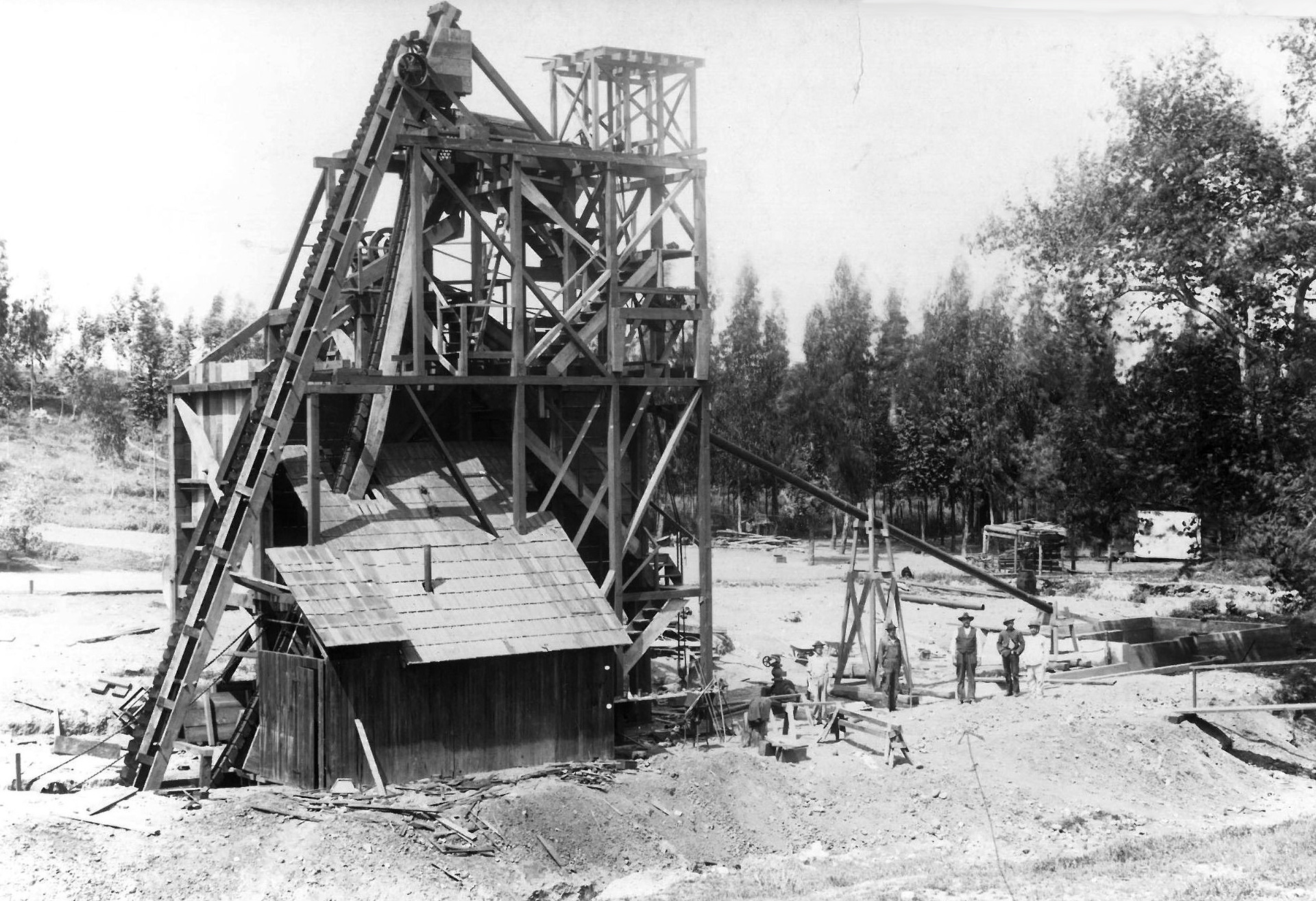




Hacienda Heights: It Started with a Landfill
In 1971, the Los Angeles County Sanitation Districts (Sanitation Districts) took over operations of the San Gabriel Valley Dump (now known as the Puente Hills Landfill) located in the unincorporated area near Hacienda Heights. This dump (landfill) is adjacent to the 605/60 Freeway interchange. This predated the California Environmental Quality Act (CEQA) therefore no environmental review or public hearings were required until the San Gabriel Valley Dump reached its permitted capacity in 1981.
In order to meet regional solid waste disposal needs thereafter, the Sanitation Districts were required to seek a new Conditional Use Permit (CUP) for the landfill. The Sanitation Districts applied for a 30-year permit based on various alternative designs balancing use of the property for refuse fill and open space. Amounts of refuse tonnage to be received and deposited in the residual space, as well as use of adjacent canyons, were considered as part of the deliberations. In 1983, the Sanitation Districts received a 10-year permit in part because of the optimism for development of waste-to-energy facilities across Los Angeles County. With the exception of two, those facilities were not implemented due to public and political opposition.
In the 1990’s, Los Angeles County began to face landfill capacity limitations and the Sanitation Districts applied for a new permit for the remaining 20-year capacity at the Puente Hills Landfill. In 1993, the Sanitation Districts received another 10-year permit. By the end of the 1990’s, it was clear that regional landfill capacity was continuing to diminish and an additional CUP would be needed to continue disposal services until its planned closure in 2013, at which time new facilities would be constructed. The Sanitation Districts requested and received a permit for continued operation and landfill expansion into three additional canyons within the Puente Hills to serve this purpose. During the CEQA process, the Sanitation Districts and Los Angeles Department of Regional Planning held public hearings for local community input. The Hacienda Heights Improvement Association (HHIA) represented the local community at public hearings and organized resident meetings. In addition, Whittier City Mayor at the time, Bob Henderson recognized the needs for both regional refuse disposal and habitat preservation, and worked diligently to bridge the gap with all parties to help forge a solution to the issue. This collaborative effort, with support from the 4th District Los Angeles County Supervisor whose jurisdiction at that time included the landfill, resulted in a CUP that authorized the creation of a new joint powers authority with the primary objective to preserve and maintain native habitat in the region near the landfill. The funding for future efforts of the new joint powers authority was mandated through an annual payment of one dollar per ton of refuse disposed.
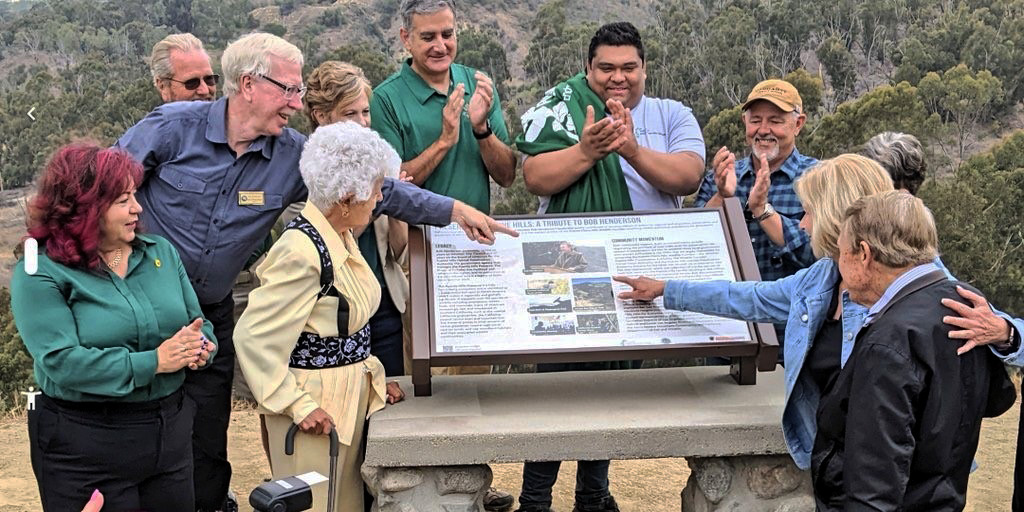
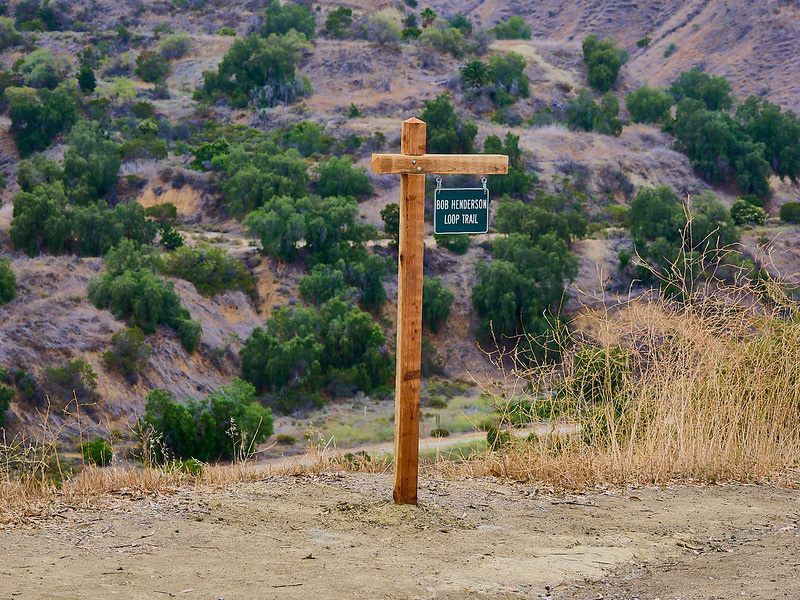
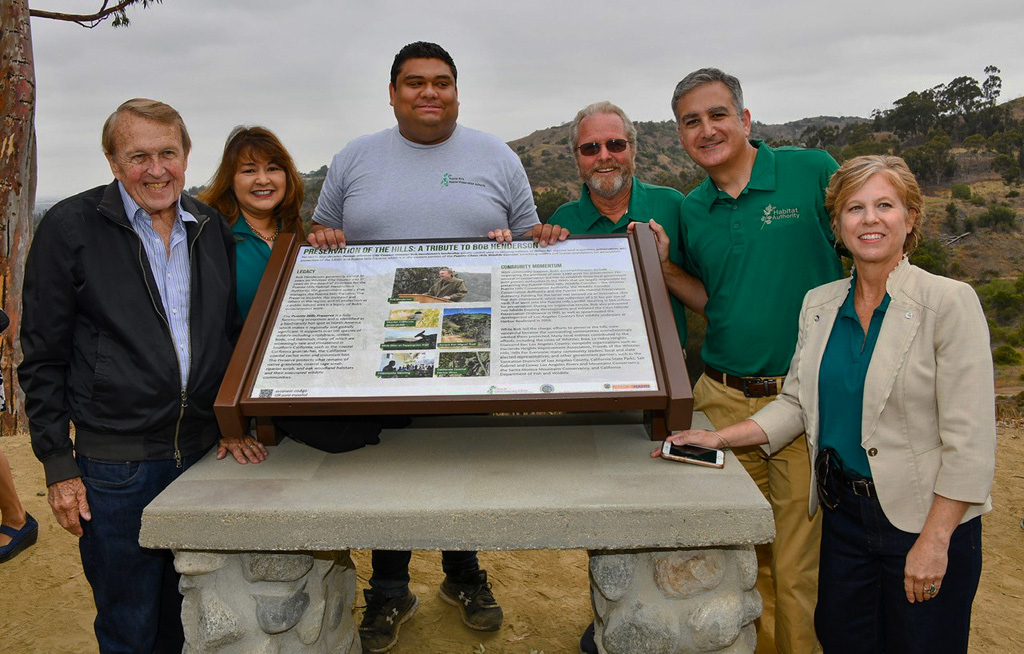


The Bob Henderson Legacy Trail Dedication Event in 2022
The Habitat Authority is Created
This joint powers authority, the Puente Hills Habitat Preservation Authority (Habitat Authority), was formed in 1994 pursuant to an agreement between the Sanitation Districts, the County of Los Angeles, and the City of Whittier. These Board Member agencies agreed to also add another member to the Habitat Authority Board of Directors from the community of Hacienda Heights. One of the most significant events in the history of the landfill occurred in 1996, when an agreement between the Sanitation Districts and the Habitat Authority preserved Canyons 6, 7, and 8 (known locally as Puma, Toyon, and Coyote Canyons) to be held as open space in perpetuity and turned over management and control of this “Open Space Preservation Area” to the Habitat Authority. A new era of partnership between solid waste management and habitat preservation in the Puente Hills had begun.
The Puente Hills Landfill operation was again extended through the approval of a new CUP in 2003, but, as promised to the local community, disposal operations ceased in 2013 with the permit expiration.
City of Whittier: Local Preservation Mindset
Meanwhile, in the nearby City of Whittier, resident activists concerned about preservation of the Puente/Whittier Hills organized as Friends of the Whittier Hills in the early 1980’s.  The Friends wanted to do more to save the open space and viewscape of the Whittier Hills and Puente Hills for everyone. In 1982, the City of Whittier passed the “Hillside Initiative”, which limited development on ridgelines and protected the City’s natural viewshed.
The Friends wanted to do more to save the open space and viewscape of the Whittier Hills and Puente Hills for everyone. In 1982, the City of Whittier passed the “Hillside Initiative”, which limited development on ridgelines and protected the City’s natural viewshed.
The preservation mindset in Whittier, as well as the region, was awakening. In 1992 and 1996, Los Angeles County voters approved Propositions A which allocated $19.5 million for acquisition of the western Puente Hills. To implement these funds, a new park agency was formed called the Whittier-Puente Hills Conservation Authority made up of the City of Whittier and the Santa Monica Mountains Conservancy.
Acquisitions with these funds started in 1994 and, with strong community support, the City purchased land from Chevron Oil Company in 1995 which stopped a proposed 1,400 home development in the heart of the Whittier Hills. Coinciding with these activities, the local community was determined to do more for the hills. In the spring of 1994, Whittier College and Rio Hondo Community College Biology Department professors and students researched, wrote papers, and publicized their findings, about the hill’s native habitat, wildlife, and open space benefits. The Whittier College conference and the passage of the County propositions kick-started a regional push for preservation energizing the creation in 1994 of another new open space agency which effectively acted as a catalyst for preservation in the western Puente Hills, as well as the Chino Hills. This new agency, the Wildlife Corridor Conservation Authority, formed with participants from Whittier, La Habra Heights, Brea, Diamond Bar, Santa Monica Mountains Conservancy, California Department of Fish and Game, California State Parks, two private citizens from unincorporated Orange and Los Angeles Counties, and later Los Angeles County joined as well. These activities occurred at the same time that the Habitat Authority was forming. Thus, the regional momentum for preservation was in full swing.
La Habra Heights: Preserving Powder Canyon
In regards to La Habra Heights’ urbanization issues, low density was changing by the 1940’s; no longer did topography, limited infrastructure, agriculture, grazing, and oil drilling, curb development and growth. In 1949, the La Habra Heights Improvement Association urged the Los Angeles County Regional Planning Commission to amend the community zoning plan to Resident Agriculture 1-acre required (RA-1). The County Board of Supervisors passed the plan, but without the necessary implementation ordinances, the plan could not be enforced.
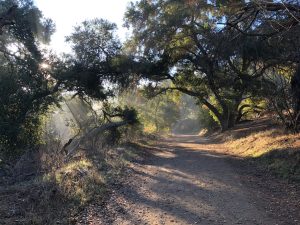 By the 1960’s, appreciation for scenic views, expansiveness, and large lots with minimum one-acre building sites were championed by many local activists. Residents prepared a new protective General Plan and planned for its enforcement with city incorporation in 1978.
By the 1960’s, appreciation for scenic views, expansiveness, and large lots with minimum one-acre building sites were championed by many local activists. Residents prepared a new protective General Plan and planned for its enforcement with city incorporation in 1978.
Then in the early 1990’s, at the same time Hacienda Heights and the City of Whittier were addressing hillside issues, a Powder Canyon development plan for a golf course, club house, and one hundred fifty lots was proposed. As planned, it would have destroyed Powder Canyon as a County recognized Significant Ecological Area (SEA). The Committee to Protect the General Plan, a local community activist group, organized resident voters and defeated the project. Their success protected the City and the Puente Hills from the project’s excessive grading to remove hilltops and fill in canyons. In 1996, the Habitat Authority bought its first property, permanently protecting Powder Canyon in its natural state as part of the Puente Hills Preserve.
Rowland Heights: Preserving Adjacent Open Space
Finally, unincorporated Rowland Heights enjoyed a long history of rural agricultural (RA) use with large lots, citrus groves, and grazing for cattle, horse, and sheep. As late as the 1960’s, Basque sheepherders tended flocks on acreage north of the Puente Hills between Azusa Avenue and Fullerton Road along what is now Colima Road.
In the 1970’s at Azusa and Colima Roads, the County of Los Angeles acquired the 589- acre Otterbein Park with state funding from the Department of Housing and Urban Development and 1964 State Bond money. Of the 589-acres, 250 were donated from the Bixby Corporation. The County agreed to grant the title to the park, in fee, to the State and to operate and maintain the park as a unit of the State park system at no cost to the State. Later, the State transferred responsibility for the facility back to the County and authorized its name change to Peter F. Schabarum Regional Park. This regional park property borders Powder Canyon in the Puente Hills Preserve.
By contrast, the neighboring City of Industry (incorporated in 1957) annexed land along the southern side of the 60 Freeway for commercial/retail buildings and industrial use. Meanwhile developers in Rowland Heights quickly filled the need for resident properties with a rapid expansion of homes, condos, and apartments on significantly smaller lots.
Harbor Boulevard Wildlife Underpass
In the 1980’s, Los Angeles County extended four-lane Harbor Boulevard from La Habra (Orange County) north over the Puente Hills. The new road connected to Fullerton Road in Rowland Heights at Pathfinder Road. Orange and Los Angeles Counties now were joined with a straighter, faster route on the east side of La Habra Heights. Since the road’s completion, the Habitat Authority, in partnership with the County of Los Angeles and California State Parks, constructed (in 2006) Los Angeles County’s first wildlife underpass located at Harbor Boulevard to reduce the animal mortality previously observed on this busy roadway and to improve connectivity for wildlife movement within the Puente-Chino Hills Wildlife Corridor.
Preservation Continues
Significant strides for wildland preservation and management practices have occurred over the last few decades since the local communities first started to organize themselves for this common goal. As of 2024, the Habitat Authority manages over 3,880 acres and is working hard at preserving this land for public benefit and for the benefit of the wildlife for generations to come.
Joint powers agreement creating the agency was signed by member agencies.
Established a nine-member Citizens Technical Advisory Committee (CTAC) made up of representatives from the communities of Whittier, La Habra Heights, and the unincorporated areas of Hacienda Heights and Rowland Heights in Los Angeles County.
First habitat restoration project in the hills began (15.7 acres, Arroyo San Miguel). Habitat restoration eliminates non-native weeds and replaces or restores vegetation to its natural state of native plants. This process increases the biological diversity of the hills increasing the health of the ecosystem as a whole.
Hired first staff member, full-time Executive Director.
Constructed and opened (on March 29) the Powder Canyon Trailhead in La Habra Heights, providing parking and a horse-riding ring for recreational enjoyment.
Constructed and opened (on September 22) the Hacienda Hills Trailhead at the end of 7th Avenue, with entrance gates designed by Los Altos High School students.
In partnership with Los Angeles County and California State Parks, the Harbor Boulevard Wildlife Underpass was opened, ensuring the habitat linkage between Chino Hills and the western Puente Hills and enabling a more ecologically self-sustaining Puente-Chino Hills Wildlife Corridor. This is the first purpose built wildlife underpass built in Los Angeles County.
Adopted the Preserve’s Resource Management Plan and Trails Plan to guide all of the Habitat Authority’s preservation efforts and identification of optimal trails.
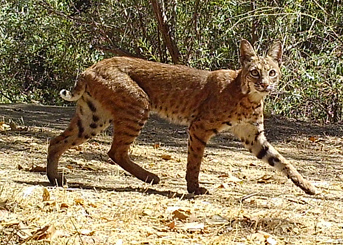

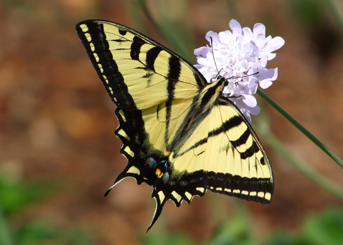
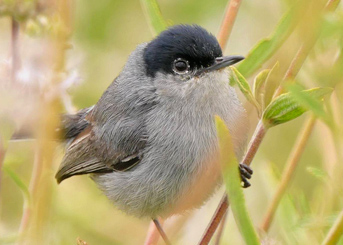


7333 Greenleaf Ave
First Floor, Whittier, CA 90602
© Puente Hills Habitat Preservation Authority. All Rights Reserved.